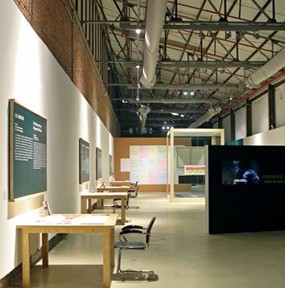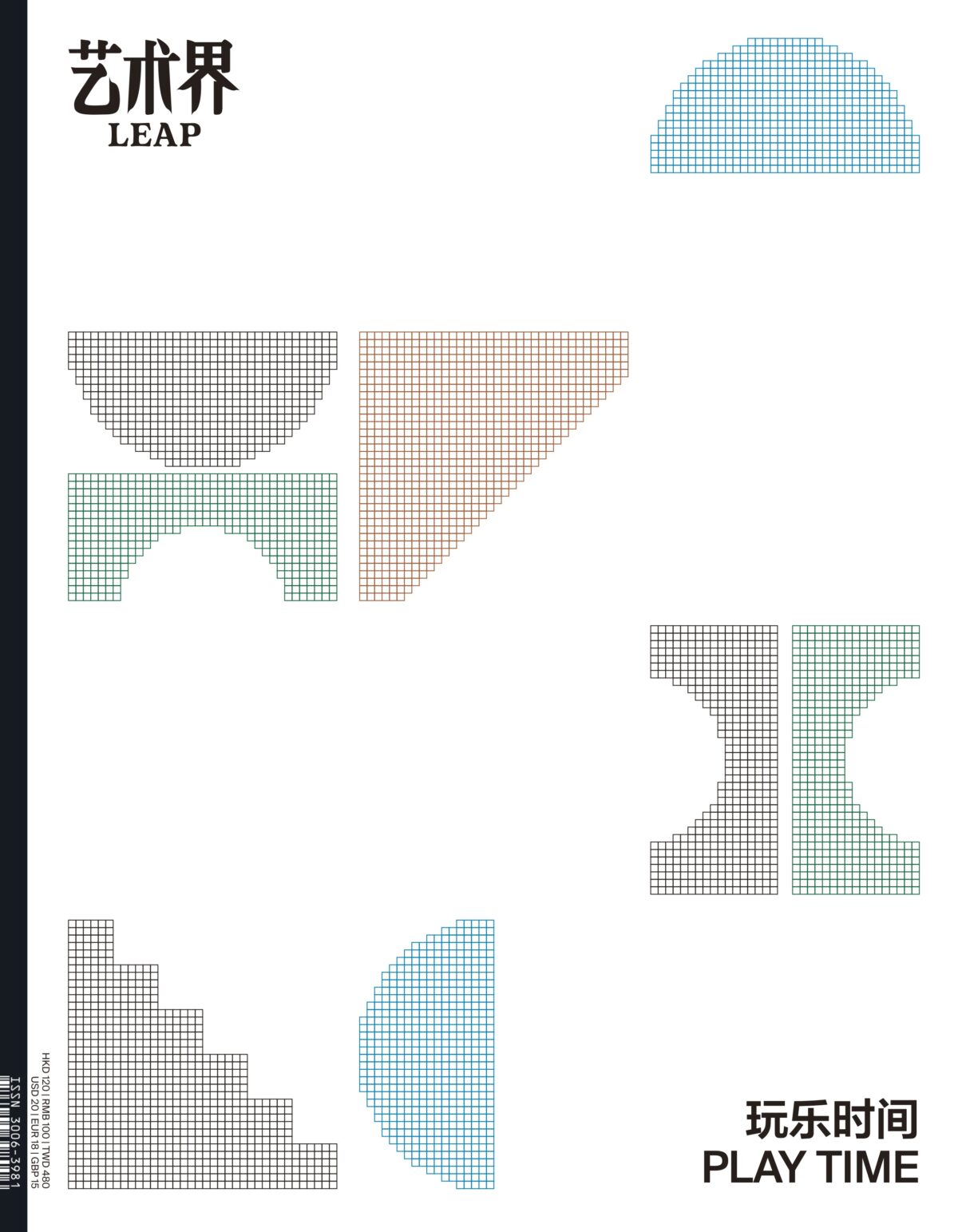“I had never believed in ‘political art,’ but in 2012 I ran for the Legislative Council as an artist.” “The art world is polarized into two camps. There are artists who energetically participate in social movements, gradually distancing themselves from art and even believing aesthetics to be pointless decoration. In the other camp are artists…
Read MoreIF THERE IS anywhere that the juggernauts of the Chinese media could market art as an aspirational lifestyle, that place is Hong Kong— and yet nowhere else does the reality of art as a lifestyle diverge more absurdly from this imagery. Ironically enough, it was probably through the boom in Mainland contemporary art that Hong…
Read MoreDURING HONG KONG’S colonial period, the British administration was unwilling to cultivate a cultural mainstream for fear that it would threaten the position of the government. As a consequence, a divide-and-conquer strategy characterized the allocation of cultural space and art funding in post-1960s Hong Kong. This approach was intended to preclude the formation of a…
Read MoreWYNDHAM STREET IN Central has all the features of a typical Hong Kong street: it is a narrow, steep, winding road bustling with activity. Heading up towards where it joins Hollywood Road, the street gets even more crooked, the sides of this famous section lined with shops selling curios and collectibles from all over the…
Read MoreFor a contemporary art exhibition of any scale, plans can change quickly. Whether it is achieving the potential of the concept through implementation or meeting local requirements for fire safety at the site, the audience remains unaware of the multitude of factors that influence the final outcome. So for artists, their artworks, and exhibition layout,…
Read MoreUpon exiting the elevator, you come face to face with an installation by the Xijing Men, a large Xijing flag hanging on the wall opposite the elevator. In front of the entrance to the exhibition hall is a pile of carefully stacked, clean cardboard boxes partitioning off the “Exit and Entry Bureau.” But this affected…
Read MoreIn the state of Kerala in southern India, the Kochi-Muziris Biennale opened its doors on December 12, 2012. The picturesque old colonial town of Kochi, or as the locals call it, “God’s own country,” welcomed over 150,000 visitors in the first month of the exhibition. Many works of the 94 participating artists were made on…
Read MoreOnly a couple of years since the ZKM first fell for globalization, we step again onto the terrain of global reality as soon as we enter “Move on Asia,” an exhibition imported from Alternative Space LOOP in Seoul. Here, more than 140 works are gathered under the “Asian” label, with artists from China, Hong Kong,…
Read MoreNOT VACANT, JUST INVISIBLE IN 2011, YUCHENG Chou held an exhibition in Taiwan’s Hong-Gah Museum titled “TOA Lighting” (1). When the exhibition first opened and the audience, stepping onto smooth floorboards, entered the exhibition space, they were greeted with bare walls and not a pedestal in sight. The whole space was devoid of anything that…
Read MoreTHE BODY, AS the most apparent symbol and object of all the various forms of conscious- ness and conceptual undertakings, along with the evolution of modern industrial society and contemporary consumerist culture, has itself become a prominent discursive object, which is continuously being redefined, rewritten, and disciplined. Of the artistic practices that correspond to or…
Read MoreArtists stand at the edge of society. Few ever dare to hope they might create an image or representation that actually affects or change society. This is because the task of artists, which is to pull …
Read MoreTWO SEEDS WERE planted in Hong Kong back at the time of its inception: a seed of prosperity and a seed of subjectivity. The meaning of prosperity requires no elaboration here. Subjectivity, in this context, means self-awareness in culture and identity. Back in the late nineteenth century, Hong Kong’s prosperity endured fits and starts, but…
Read MoreThere is something about Hong Kong’s urban landscape that invokes the dystopian future envisioned in Philip K. Dick’s 1968 Do Androids Dream of Electric Sheep?— a sci-fi tale of the android bounty hunter Rick Deckard and his chase for murderous, thinking robots set in a consumer-saturated city. Perhaps this is why curator Qinyi Lim chose…
Read MoreHISTORY LESSONS: REFLECTIONS ON OCAT PUBLISHING ALTERNATIVES TO RITUAL: A CASE STUDY OF SHENZHEN OCT CONTEMPORARY ART TERMINAL On January 26, two exhibitions opened to mark OCAT’s eighth anniversary: “History Lessons: Reflections on OCAT Publishing,” curated by Fang Lihua and Li Rongwei, and “Alternatives to Ritual: A Case Study of Shenzhen OCT Contemporary Art Terminal,”…
Read MoreTaipei’s Hong-Gah Museum has long been the home of video art in Taiwan. The role that its modestly-sized biennial serves is akin to an observation tower. The first two editions, titled “Dwelling Place” and “Eattopia,” were jointly curated by Chen Yung-Hsien and Sean C. S. Hu, and chose as their starting points the material world…
Read MoreAt Gasworks in London, three video works made by Lana Lin between the 1990s and the early 2000s explore the artist’s Taiwanese heritage— and her Western influences— both materially and thematically, in work that explores the complex feeling that comes from existing between multiple cultural frameworks. The exhibition begins with Taiwan Video Club (1999), in…
Read MoreHuang Yong Ping’s “Circus” presents a herd of beheaded taxidermied beasts posed amongst an oversized bamboo cage in Gladstone Gallery’s southernmost Chelsea space. The dome-shaped cage dons a monumental, wooden marionette hand, its strings connected to the skeleton of a robe-clad monkey puppeteering the bones of a smaller monkey— a reference to the trickster monkey…
Read MoreAn islet named Pulau Sejahat, or “Evil Island,” once sat along the northeastern coastline of Singapore. According to folklore, a fierce battle broke out between the Acehnese and the Portuguese in the waters surrounding Pulau Sejahat in the eighteenth century. Despite the staggering size of the Sumatran Acehnese army, their arrows and spears were no…
Read MoreGerman curator Alfons Hug has served as Director of the Goethe-Institut in many cities since the 1980s, including Lagos, Medellín, Brasilia, Caracas, Moscow, and currently Rio de Janeiro. Of the five BRICS countries, Hug is familiar with three. Two years ago, he began to plan BRICS-related programs, the starting point for which is an exhibition…
Read MoreIf Heman Chong had dedicated himself entirely to writing, by now he would most likely be stuck in its tight and unmarketable shackles, hanging around dingy dive bars bemoaning his plight to a bunch of good-for-nothings. Luckily, there are plenty of readymade forms beyond the written word able to bear the weight of his intense…
Read More













